CES 2010: The Year of the Tablet PC
HP Multitouch Tablet
This unnamed HP tablet was announced at CES by Microsoft’s Steve Ballmer. The nameless tablet was runs Windows 7 supports multitouch gestures, and is due out in mid-2010 for under $500.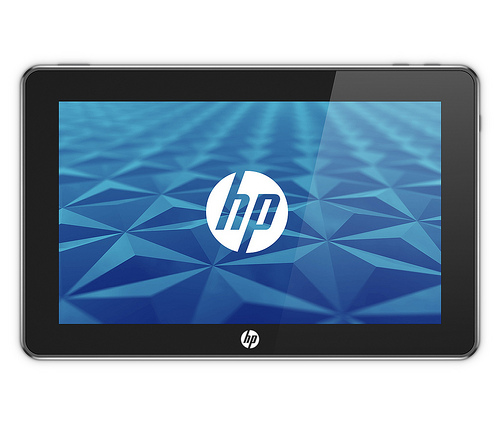
Lenovo IdeadPad U1 Hybrid
Tablet or notebook? How about both—Lenovo’s new Ideapad U1 starts out as a lightweight, Windows 7 laptoprunning on a Core 2 Duo CULV processor and a 128GB solid-state drive, but if you remove the 11.6-inch display you’ve got yourself a stand-alone Linux tablet PC, powered by a 1GHz Snapdragon ARM processor with 16GB offlash memory.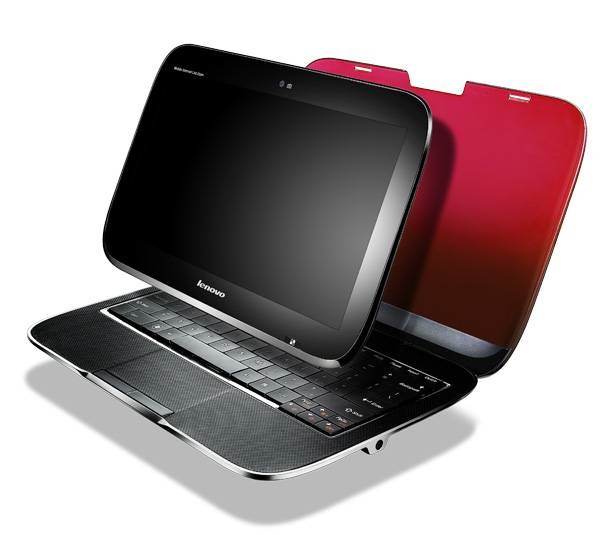
Archos 9 PC Tablet
This poor guy was overshadowed by all of the “newer” tablets, like HP nameless one, because it technically came out in mid-2009. Microsoft’s Steve Ballmer announced this tablet as well during his CES keynote. The Archos tablet sports a 1.1GHz Intel Atom Z510 processor, a 60GB hard drive, 1GB of RAM, and offers networking via 802.11b/g Wi-Fi and 100-mbps Ethernet.
Dell’s “tablet concept” features a 5-inch display, a 5 megapixel camera and is an Android-powered device. Dell’s being very hush-hush about any other specs and details concerning its new tablet. We’ll just have to wait and see.
Freescale Tablet
This year’s affordable tablet PC—the $199 Freescale Tablet. The Freescale tablet includes Wi-Fi, Bluetoothwireless connectivity, and also features a 3D desktop framework with touch screen/QWERTY keyboard support. The company says this $199 tablet also boasts a power-efficient ARM processor: the i.MX515 chip based on ARM Cortex-A8 technology. 
Innovative Converged Devices’ Ultra and Vega Tablets
ICD has revealed a pair of Android 2.0 tablets, the Ultra and the Vega. The Ultra was on display at both Verizon and Nvidia’s CES booths since the two companies teamed up on the tabletsmodem and processor. The Ultra tablet has a 7-inch touchscreen and is powered by a 1GHz nVidia Tegra T20 processor, which lets you watch smooth 1080p video; the device also includes 4GB of on-board storage space, as well as a MicroSD card slot for further expansion. The ICD Vega, has a 15.6-inch, 1366-by-768-pixel touchscreen and a 32GB solid-state drive.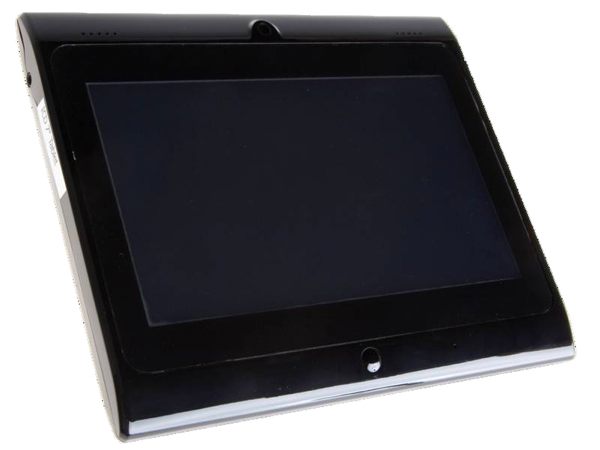
Pegatron Tablet
Another highly overshadowed tablet PC—also announced by Ballmer during his keynote—doesn’t even have any glamour shots. Pegatron—spin off of AsusTek Computer—didn’t release many detail either. Neowin described the tablet as having thesespecs: An 11.6-inch touchscreen display, 1GB of RAM, 32GB of on-board storage, aWebcam, and HDMI-out.
Apple’s iSlate
Ah the illusive iSlate! Like most new Apple products we haven’t seen it, we’ve just heard of it—and the lack of details is driving us crazy. Apple did not (does not ever) attend CES, so there was no debut of the iSlate, but the company did set a press conference date for late January.
New Acer and Asus 3-D Laptops Still Feel Shallow
3-D TVs and notebooks are looking to be the big trend of 2010, but the Acer Aspire 5738DG and Asus G51JD felt shallow in the third dimension.
In its search for another technology to excite us, the consumer electronics industry is reaching deep — into the third dimension. The big push for 3-D TV won’t happen until next year, but already we can get a taste of 3-D in the home — on laptops.
AsusTek Computer Inc. and Acer Inc. both have new models with screens that can show both games and movies in true 3-D, if you’re willing to wear glasses.
Testing these has been fun. Many games work with 3-D screens, and if you fire up “Batman: Arkham Asylum” on the Asus unit the caped crusader will look so solid that it’s tempting to try to reach through the screen to grab his neoprene-covered abs.
But the effect doesn’t make the game seem more realistic. If anything, Batman looks more like an action figure than he does in 2-D. Seeing in 3-D on these small screens makes me feel like I’m peering into a dollhouse.
Such limitations to the technology make it hard to see 3-D screens as something that will provide long-term enjoyment, or become a must-have feature. Three-dimensional movie projection has come and gone in waves since the 1950s, and more than 50 years before that, people ogled 3-D photographs. Neither has had staying power.
These aren’t the first 3-D laptops either. Sharp Inc. started selling one six years ago. The fact that you probably haven’t heard of it is a good indicator of how successful it was.
What’s new is that 3-D is now cheaper. While the Sharp model cost $3,300, the new Acer Aspire 5738DG has a list price of $780. The Asus G51JD lists for $1,700, but it’s a powerful gaming laptop. Either model is only slightly more than an equivalent non-3-D model, so trying 3-D is no longer a big commitment. Both models have 15.6-inch widescreens and are of the heavy “desktop replacement” variety. The Acer weighs 6.3 pounds and the Asus 7.5 pounds.
We can “see” depth because our left and right eyes have a slightly different view of the world. To replicate that, a flat screen needs to project different images to each eye. Each of the laptops I’ve tried uses a different technology to get there.
To see 3-D on the Sharp laptop, you didn’t need glasses, but you had to keep your head in a particular spot. The Acer model has the same drawback, but in addition, you need to wear glasses! If you move your head from the “sweet spot,” you start to see, faintly, the images meant for the other eye, ruining the 3-D effect. It doesn’t help that any light reflecting off the screen becomes very distracting in 3-D mode, so proper positioning of your head and the screen is difficult.
In addition, the screen’s resolution of 1368 pixels by 768 pixels is effectively halved by switching to 3-D, because every other line on the screen is polarized for a different eye. This makes games look quite fuzzy, and it makes on-screen text hard to read.
The Asus model has a much more elaborate and robust 3-D solution. It comes with powered, rechargeable glasses made by Nvidia Corp. that alternately black out each eye in sync with the screen, which alternates the images it shows. A small infrared emitter that plugs into a USB port keeps the glasses timed to the screen. Nvidia sells the glasses and emitter separately for use with desktop computers and certain LCD monitors. The Asus model is the first laptop with a compatible LCD screen.
With Nvidia’s solution, you don’t need to keep your head in a particular place, and the shutters in the glasses are efficient enough that the image meant for one eye doesn’t leak into the other, so the 3-D effect is quite convincing. Because the full screen is seen by each eye, there is no reduction in the resolution.
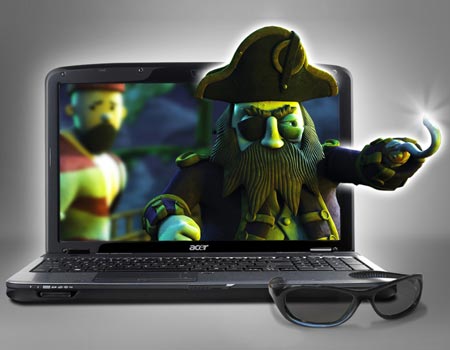 That doesn’t mean it’s better than regular 2-D. The glasses visibly flicker, and everything looks darker through them. One game I tried, “Dragon Age: Origins” worked well in 3-D, but when I tried “World of Warcraft,” some of the on-screen text appeared at the wrong depth, seemingly projecting far in front of the screen. I went cross-eyed for a moment, before ripping off the glasses and switching to 2-D. (Nvidia said it would try to fix the error.)
That doesn’t mean it’s better than regular 2-D. The glasses visibly flicker, and everything looks darker through them. One game I tried, “Dragon Age: Origins” worked well in 3-D, but when I tried “World of Warcraft,” some of the on-screen text appeared at the wrong depth, seemingly projecting far in front of the screen. I went cross-eyed for a moment, before ripping off the glasses and switching to 2-D. (Nvidia said it would try to fix the error.)
On the Acer, “World of Warcraft” failed the 3-D test in a different way: Objects cast shadows that fell in different directions for each eye, a weird and disconcerting effect.
Because games are internally rendered in three dimensions even for 2-D screens, it’s a fairly minor technological twist to get them to display in 3-D with the proper screens. It’s much harder to get 3-D movies. There’s no established 3-D movie format yet, though a 3-D Blu-ray is in the works, and you can’t buy the latest 3-D Hollywood movies for download either. For real 3-D movies, you’re pretty much limited to a few short demo movies included with each 3-D laptop. The Acer, however, has a neat trick: It comes with software that turns any DVD into a 3-D experience. It does that by guessing which objects go in the foreground and which go in the back. It doesn’t get everything right, but it is pretty interesting for a while, and it’s probably the best thing about the 3-D experience on the Acer.
My guess is that anyone who gets one of these will quickly tire of the 3-D feature, and forget about it once they’ve misplaced the glasses. The good news is that those who do will be left with capable laptops for plain ol’ 2-D enjoyment.
The Acer is a fine machine for work, browsing, light gaming and DVD viewing. Hardcore gamers may regret the Asus model’s relatively low screen resolution of 1368 pixels by 768 pixels and its lack of what is known as a RAID array to speed up its hard drive. It does have an Intel Core i7 processor, the most powerful kind available for laptops, and a good graphics card.
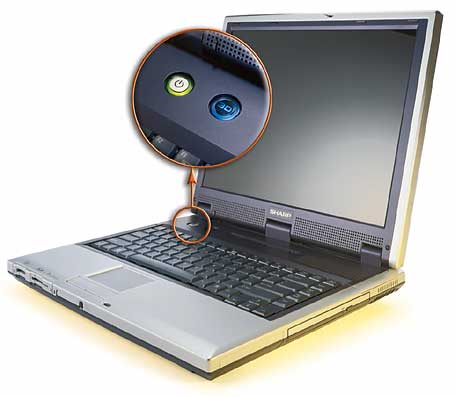
No comments:
Post a Comment